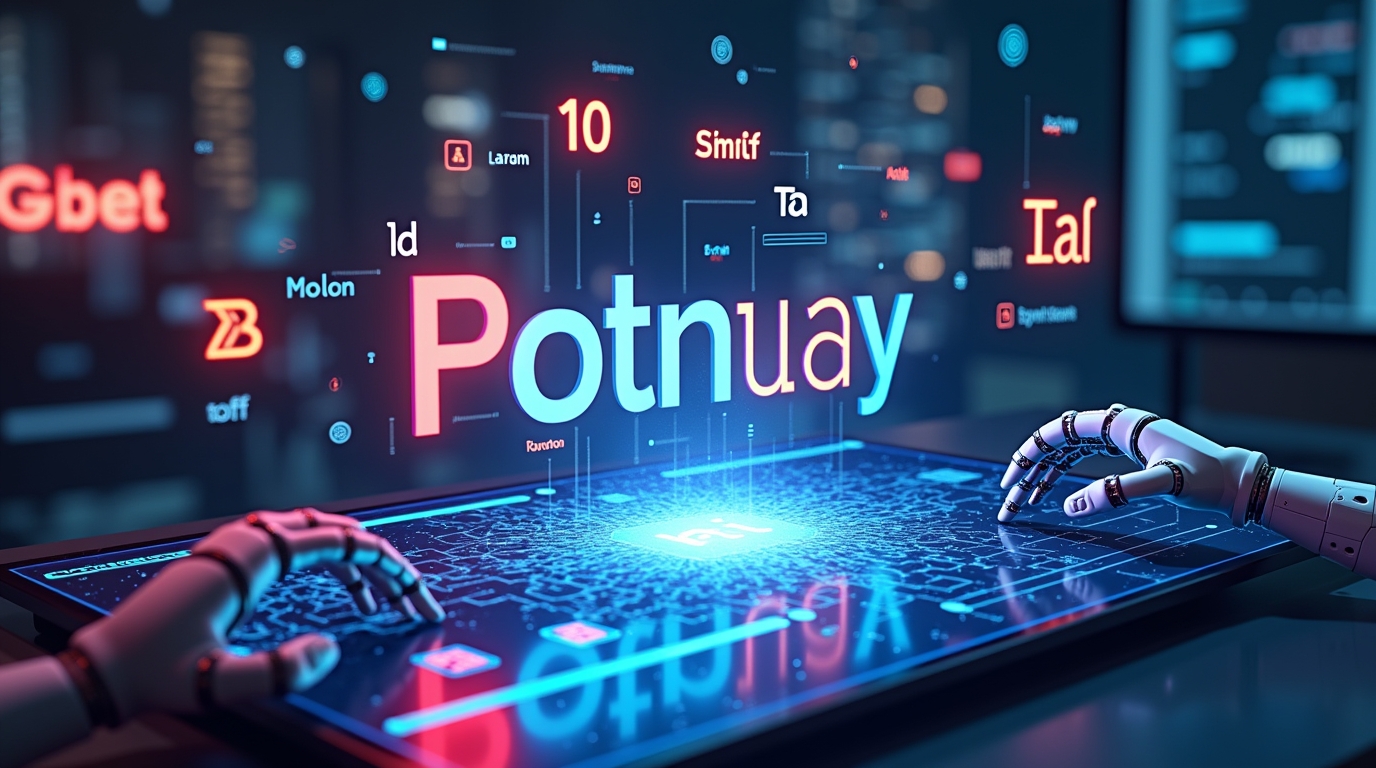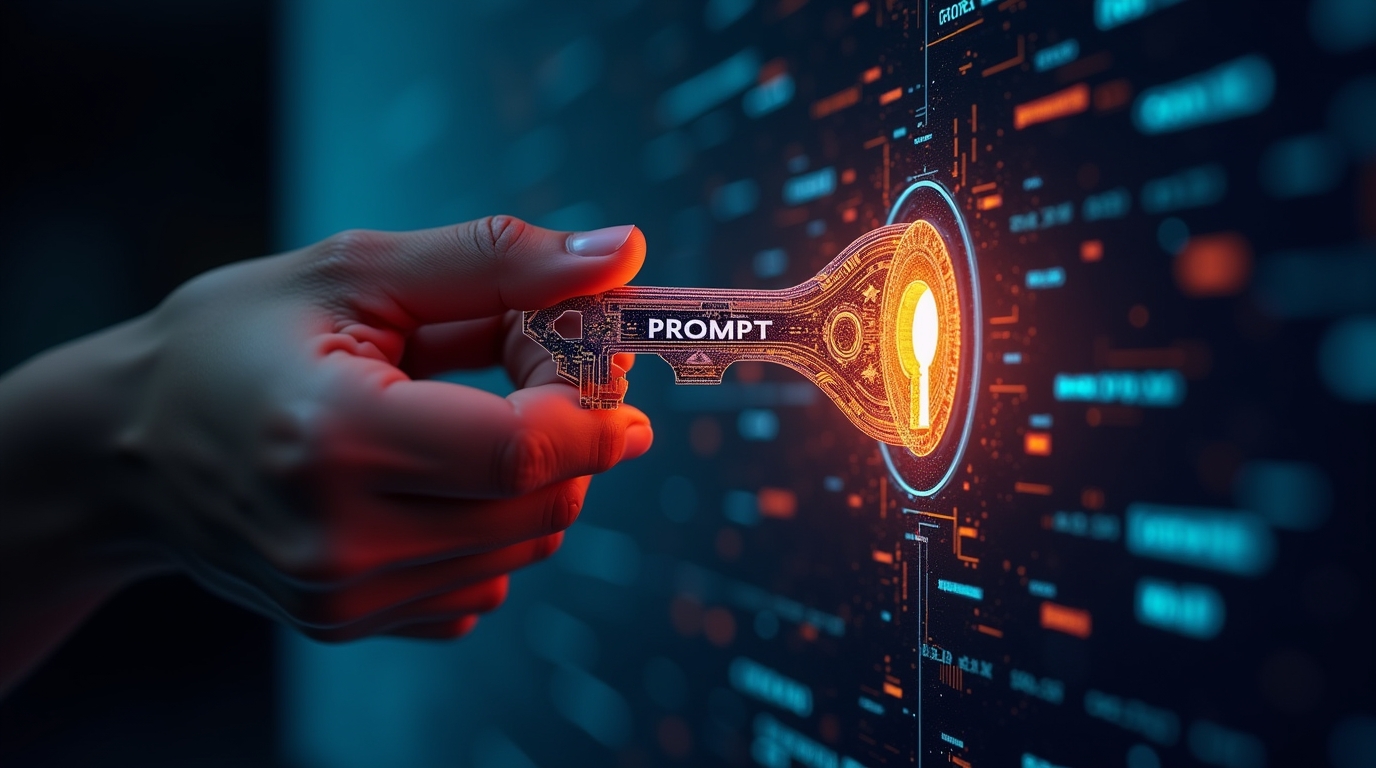Introduction
When it comes to typography in the digital era, fonts do not only belong to a page anymore, but are rather a powerful means of branding, marketing, and even storytelling. Appropriate typography can induce emotion, confer trustworthiness, and even improve content. Nevertheless, it has traditionally taken a long time to draw custom fonts, and special proficiency in design software, such as Adobe Illustrator or FontLab, is also needed. “How AI Font Generators Work: Create Unique Fonts in Seconds”
Enter AI font generators—a groundbreaking innovation that leverages artificial intelligence to create unique, professional-quality fonts in just seconds. These are tools that are changing the world of design and are making custom fonts easier to implement by both professional designers and those individuals who own businesses or simply for enjoyment.
And then, what is the mechanism of these AI-powered tools? Are they able to replace human designers in their creativity? So what does it forecast our future in typography?
In this comprehensive guide, we’ll explore:
✔ The cutting-edge technology behind AI font generation
✔ A step-by-step breakdown of how AI creates fonts
✔ In-depth analysis of the best AI font generators available today
✔ Real-world applications and success stories
✔ The pros, cons, and ethical considerations of AI-generated fonts
✔ Future trends in AI typography
Whether you’re a graphic designer looking to streamline your workflow, a marketer seeking unique branding solutions, or simply a tech enthusiast curious about AI’s creative potential, this guide will provide valuable insights into the revolutionary world of AI-generated typography. For more insight, read our latest articles on AI Smartly.
The Technology Behind AI Font Generators
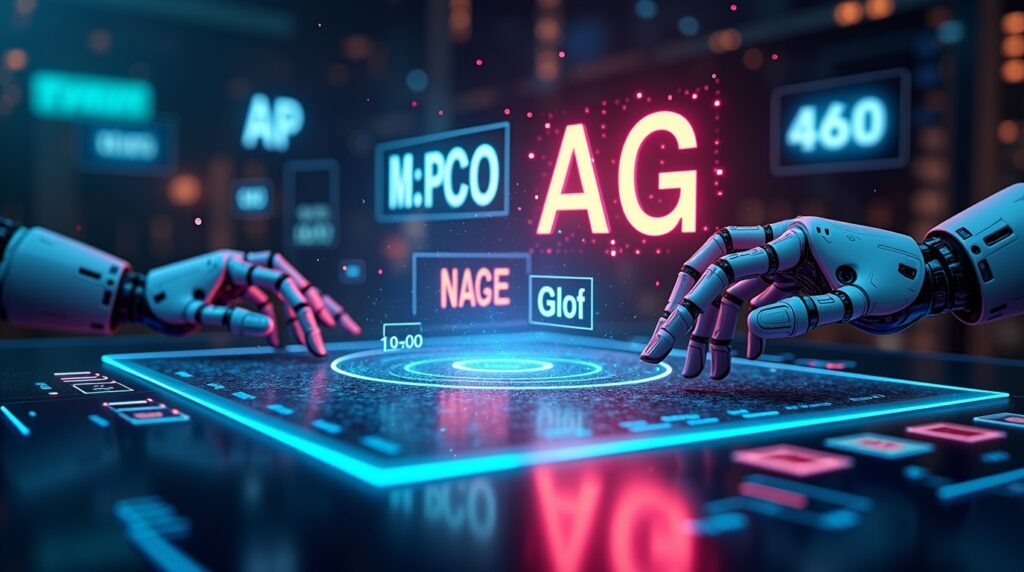
Machine Learning and Neural Networks
At the core of AI font generation are machine learning algorithms and neural networks that have been trained on massive datasets of existing fonts. Such systems will examine:
- Letterforms and stroke patterns
- Kerning (spacing between characters)
- Weight variations (light, regular, bold)
- Serif and sans-serif characteristics
- Decorative elements and ligatures
The most advanced systems use Generative Adversarial Networks (GANs), where two neural networks work in competition:
- The generator creates new font variations
- The discriminator evaluates how closely they resemble human-designed fonts
Such a competitive process is repeated until the AI comes up with results that are significantly similar to professionally typographically-designed typefaces.
Deep Learning Models in Typography
Some of the top AI font maker’s rely on large deep learning models such as:
- Variational Autoencoders (VAEs) – For generating smooth interpolations between font styles
- Transformer Architectures – For understanding contextual relationships between characters
- StyleGAN – For creating highly realistic and varied font designs
Such models have the capacity to recognize and reproduce the detailed features of design that makes fonts so different in personality, such as the joyful navigations of comic sans or the bossy character of Times New Roman.
The Step-by-Step Process of AI Font Creation
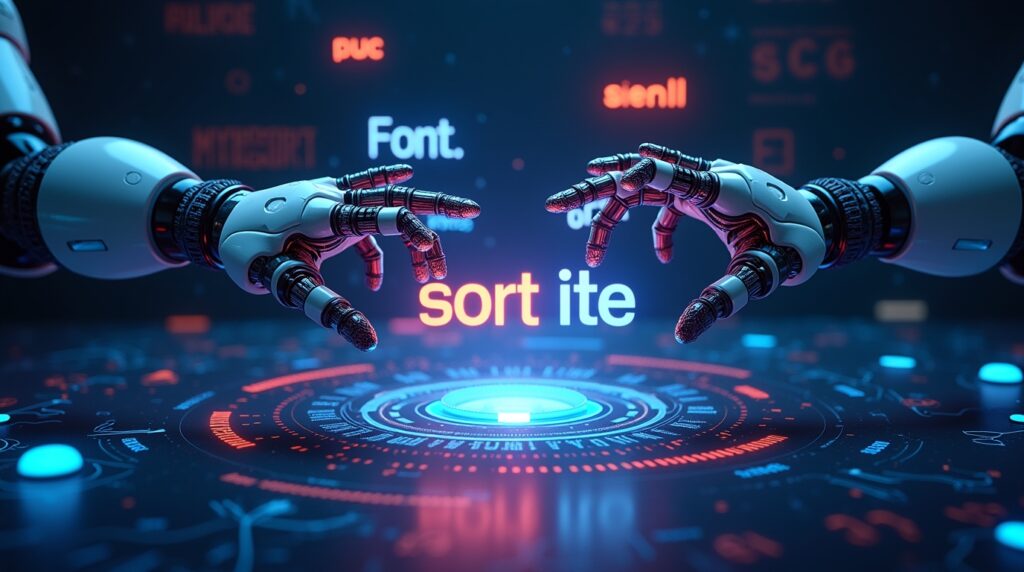
1. Input and Style Specification
The user is normally expected to give the following information:
- Text samples (e.g., “Create a futuristic tech font”)
- Style parameters (minimalist, handwritten, vintage)
- Custom adjustments (width, slant, x-height)
Some advanced tools like Calligrapher.ai allow users to:
Submit handwriting specimen
- Sketch characters right on a digital canvas
Choose among hundreds of style templates
2. AI Analysis and Pattern Recognition
The system searches through its font database of thousands of fonts to:
Find out identical types of styles
- Decouple common patterns of design
Learn how glyphs connect to each other
3. Font Generation and Refinement
The AI:
- Creates several variations of fonts
- Tests them both against consistency and look
- Nurtures the most promising ones
This process happens in real-time, with many tools providing instant previews of how the font will look in various applications.
4. Customization Options
On the vast majority of platforms, it is possible to edit to a great extent:
| Feature | Description |
|---|---|
| Weight Adjustment | Set a change of thickness occurring to thin, and ultra-bold |
| Width Control | Pinch or open character spacing |
| Slant/Italicization | Introduce italicization to letters |
| Serif Toggling | Add/delete ornamental lines |
| Creation of ligatures | Development of special combinations of characters |
5. Export and Final Output
An unlimited number of fonts can generally be exported by the user in a variety of formats:
- TTF (TrueType) – Universal format for print and digital
- OTF (OpenType) – Advanced features for professional use
- WOFF (Web Font) – Optimized for website performance
- SVG (Scalable Vector) – For logos and graphic design
Top 5 AI Font Generators (2024 Edition)
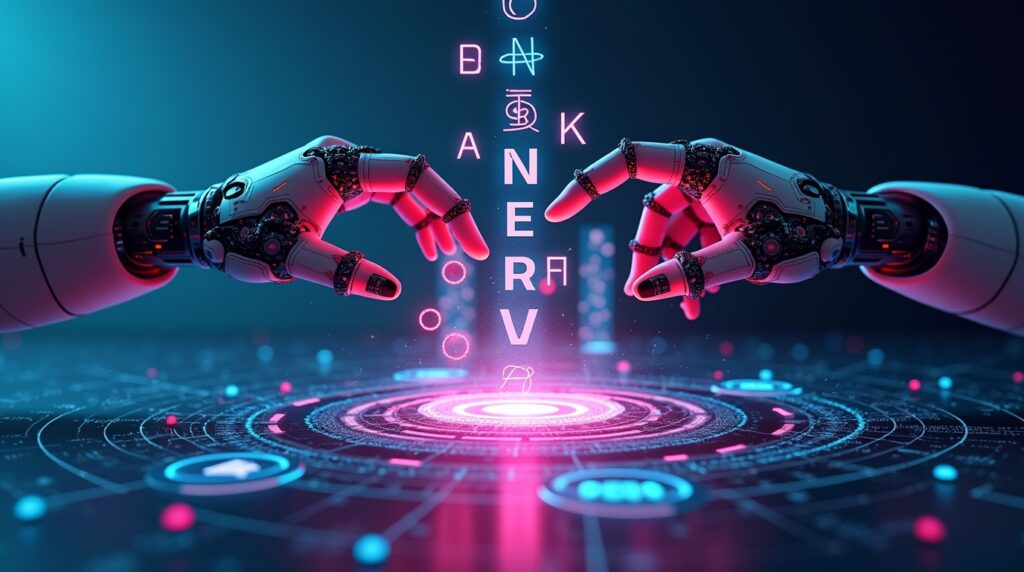
1. Calligrapher.ai – Best for Handwritten Fonts
🔗 https://www.calligrapher.ai
Key Features:
Transform hard copy handwriting to digital fonts
Rendering in real time when you write it
Stroke smoothness and style adjustable
Ideal For: Personal branding, signatures, authentic marketing materials
2. Fontjoy – Best for Font Pairing
🔗 https://fontjoy.com
Key Features:
AI font combination recommendations
Visual contrast adjustment the tools
One click integration with Google Fonts
Ideal For: Web designers, UI/UX projects, branding systems
3. Prototypo – Most Customizable
🔗 https://www.prototypo.io
Key Features:
Infinite variations Parametric sliders
Live preview on many weights
Export family of fonts
Ideal For: Design agencies, typography enthusiasts
4. DeepFont by Adobe – Best for Font Recognition
🔗 https://www.adobe.com
Key Features:
Recognizes fonts of images posted
Compares alternative parallels
Uses Creative Cloud
Ideal For: Designers working with existing brand materials
5. FontStruct – Suitable to Experimentation Typography
🔗 https://fontstruct.com
Key Features:
- Building block type of approach that is modular The building block-type approach is modular in nature.
- Sharing of fonts in community
Design recommendations supported by AI
Optimized in: Geometric typefaces; display type
Real World applications and Case Studies
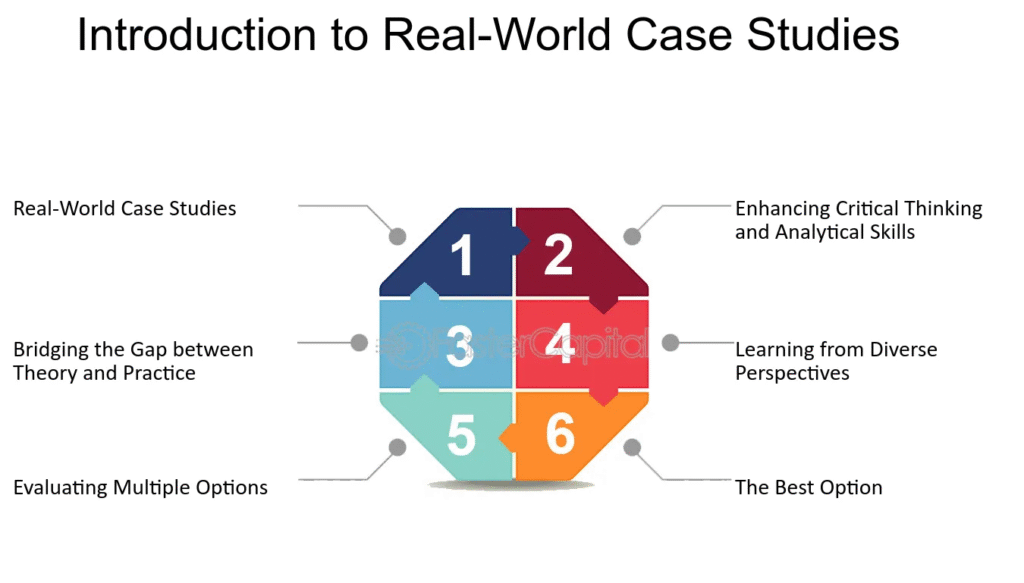
- Branding of the Small Business
One bakery employed Calligrapher.ai to design a bespoke handwritten typeface to be utilized in their wrapping which boosted brand awareness by 40 percent. - Website Optimization
One consumer site, which introduced Fontjoy by adding AI-selected font pairs on their shop page, saw a 15 percent boost in conversion rates, due to the enhanced readability. - Advertising Campaigns
One tech firm used futuristic fonts created using Prototypo as a part of their product launch campaign and the campaign increased social media interaction by 25 percent.
Ethics and Restrictions

Copyright Challenges
It is possible that some fonts produced by AI will be strikingly similar to some already copyrighted fonts
- Derivative works misgivings in the law Quality Control
- May not have a sophisticated human touch to it in some applications
- Not all generators are good at non-Latin scripts Creative Authenticity
- Controversies surrouding the suggestion that AI helps create designs at the expense of art
- The significance of the human supervision in the final designs
What the Future of AI Typography will look like

- New trends noted are:
- Fonts that are dynamic and behave according to the users
- 3D creation and animated typography Typography creation
- Natural language voice to font -formation
- Variable fonts supported by AI are more infinite in style variation
With the further development of the technology, we could witness how AI will emerge as a standard tool, and will be available to every designer, as Photoshop or Illustrator are today.
Conclusion
AI font generators are a paradigm shift in the design of typography making them incredibly fast, accessible, and creative. Though they will not be able to substitute human designers, they will be strong partners which can:
✔ Democratize design for non-experts
✔ Accelerate workflows for professionals
✔ Inspire new forms of typographic expression
The trick is on how best to balance AI efficiency and human creativity. With new developments to these tools, they are bound to open new horizons in visual communication.
Ready to explore AI font generation? Start with one of our recommended tools and discover how artificial intelligence can enhance your design projects today!
Email: adil.taskthegroup@gmail.com








